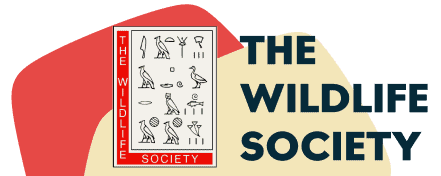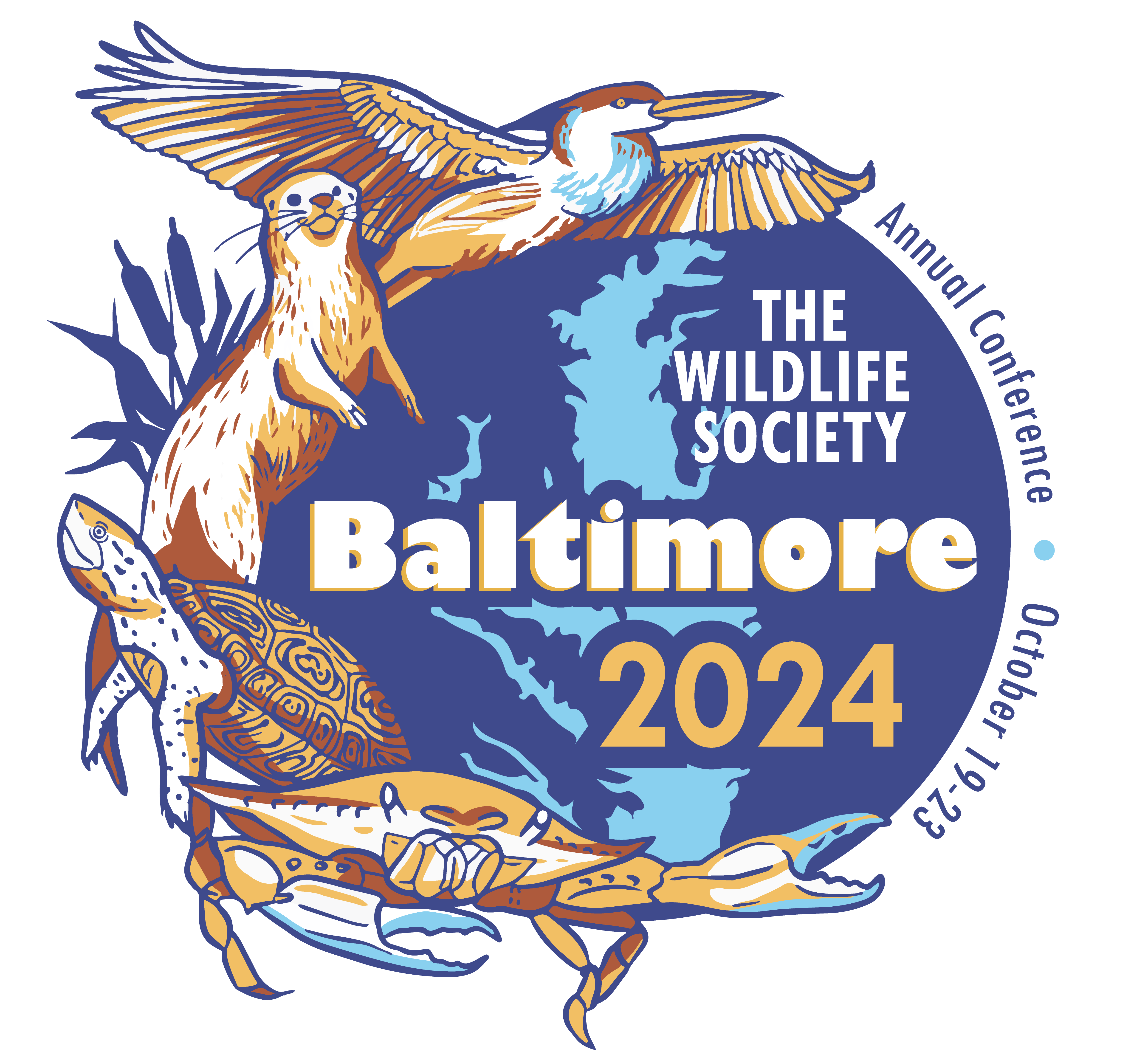- News
-
-
-
-
-
Latest News Articles
- Wildlife Vocalizations: Ana Yoko Meiga September 19, 2024
- Raptor collisions increase around the world September 18, 2024
- Black Mammalogists Week kicks off September 18, 2024
-
-
-
- Wildlife Professional Resources
-
- Our Network
-
- PUBLICATIONS
-
-
Recent Posts
-
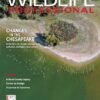 The Wildlife Professional September/October Issue
September 1, 2024
The Wildlife Professional September/October Issue
September 1, 2024
-
-
-
-
-
-
- Wildlife Events
- Who We Are
-
Tag: bacteria
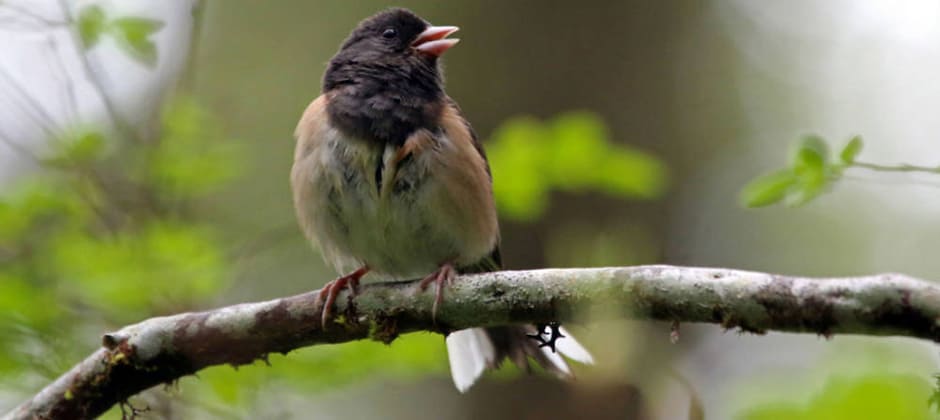
November 20, 2019
What messages are bird bacteria sending?
To communicate with each other, birds use songs, calls and plumage. But they also use scent, thanks to oil glands above the tail — and maybe also, according to recent...
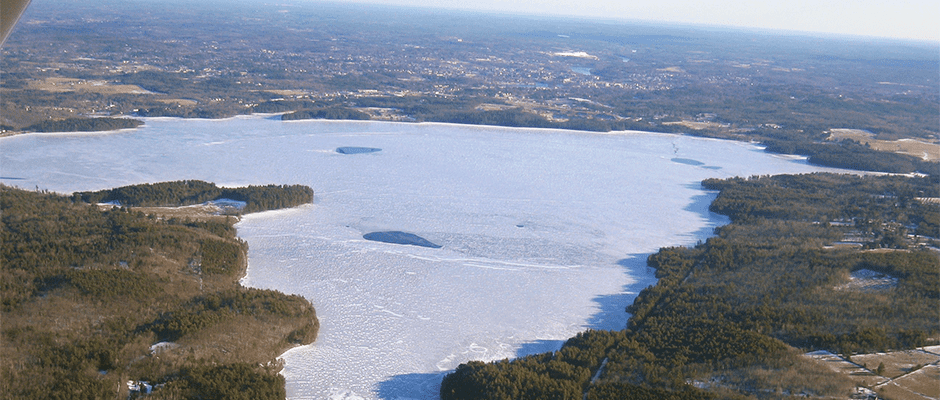
May 15, 2017
From Pristine to Polluted and Back — from The Wildlife Professional
The waters of Maine’s Lake Auburn were renowned for being pristine. Surrounded by fields, forests and the grassy campus of Central Maine Community College, the 2,260-acre lake above the towns...
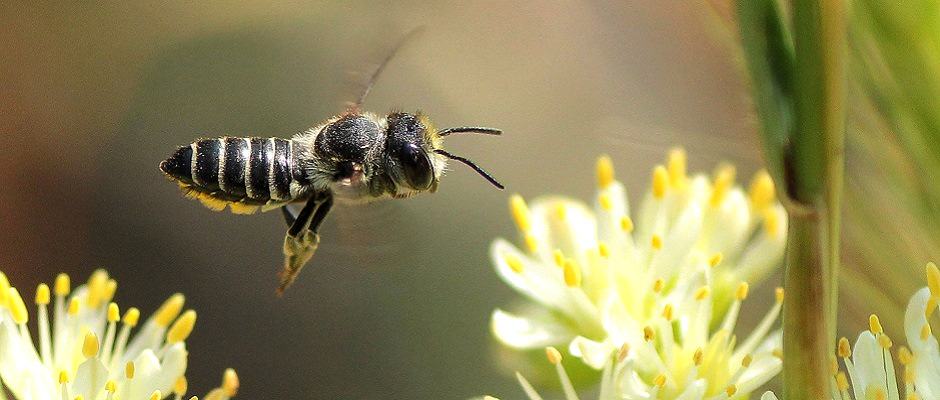
September 28, 2016
The good bacteria are in the flowers
Flowers might be a hot spot for transmission of bacteria to bees, but that’s not necessarily a bad thing, according to recent research. As part of a study published in...
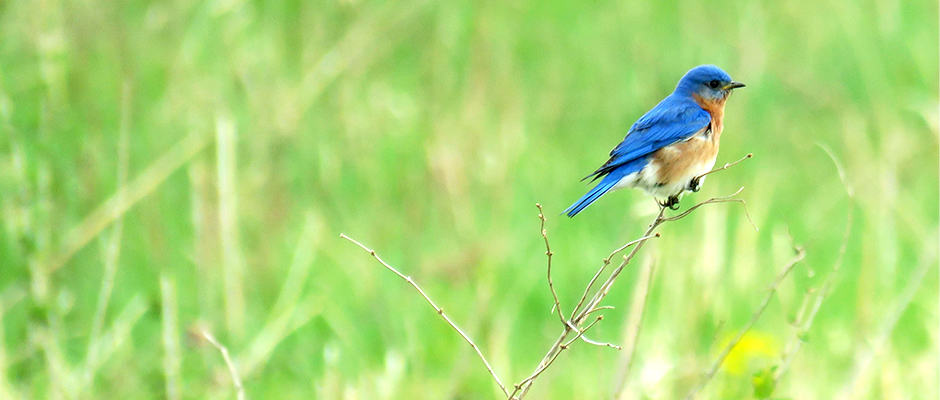
July 13, 2016
A look at the possible role of bacteria in plumage degradation
All birds normally fly around with bacteria on their wings, but researchers wanted to know how those microorganisms affect their plumage. In the study published in the Auk: Ornithological Advances,...
